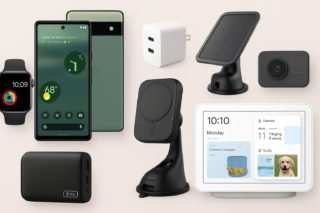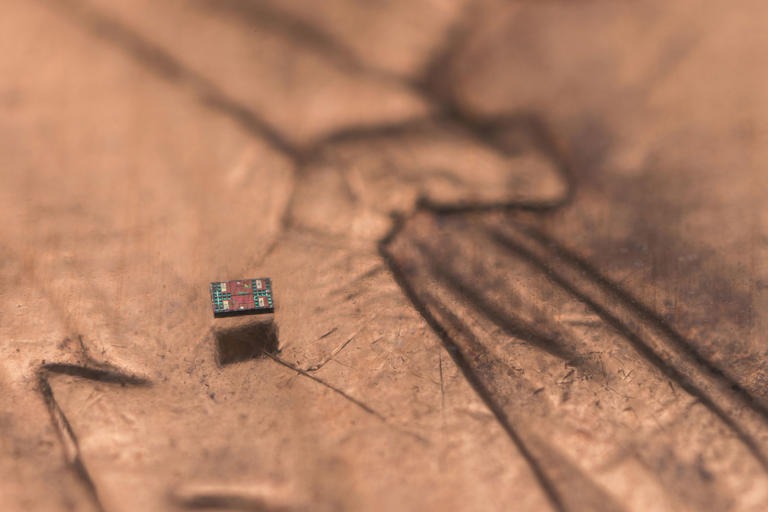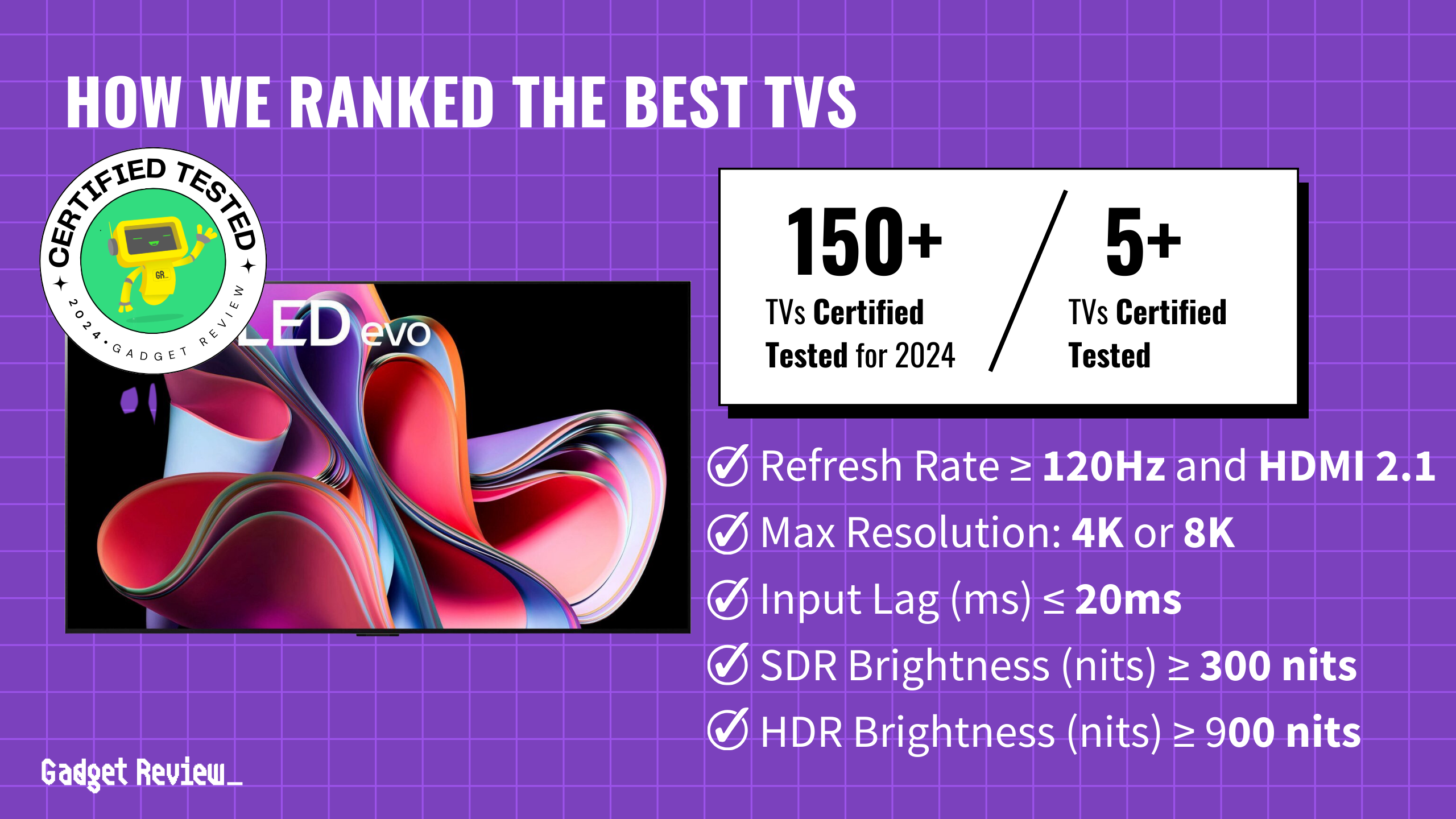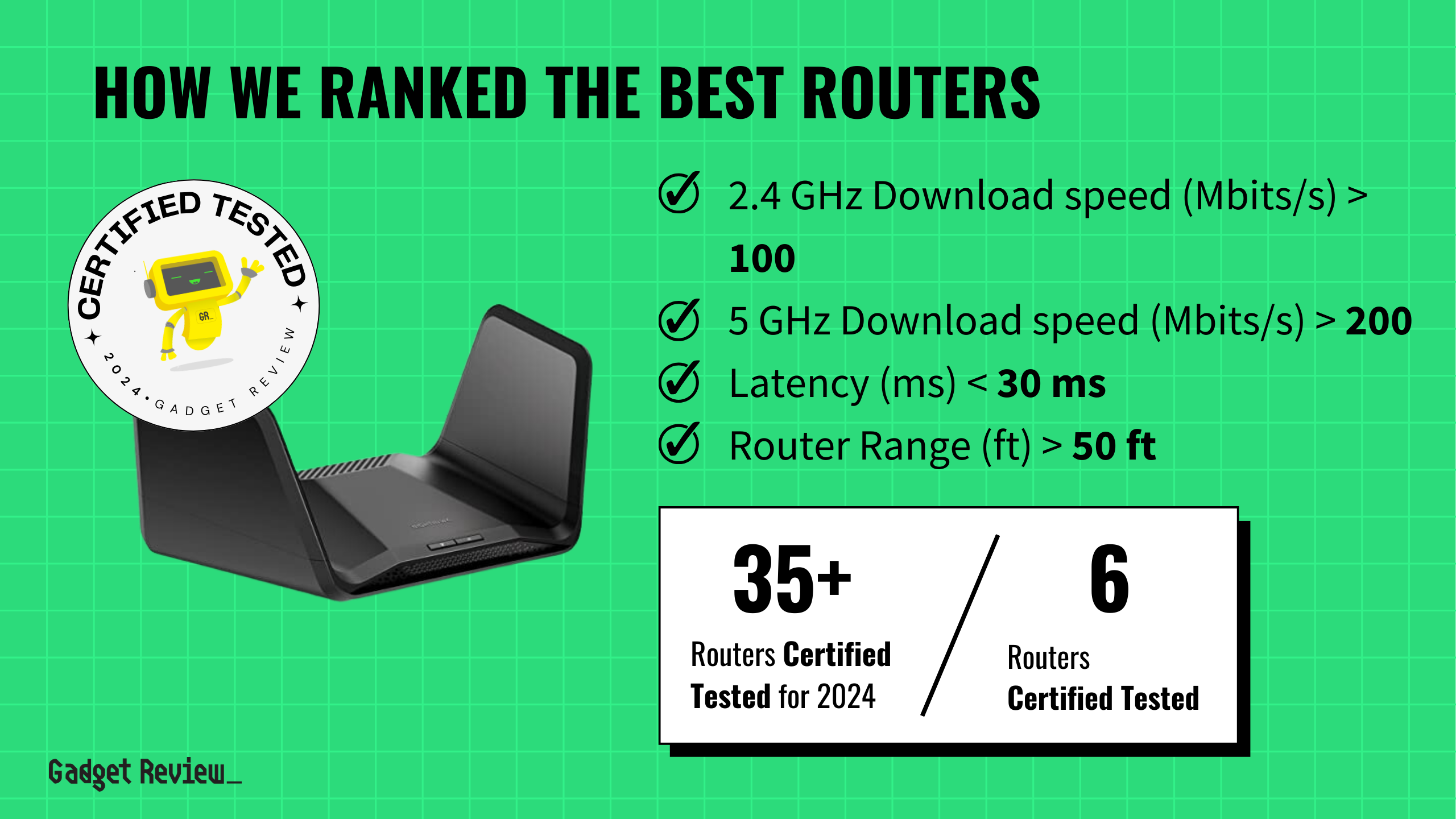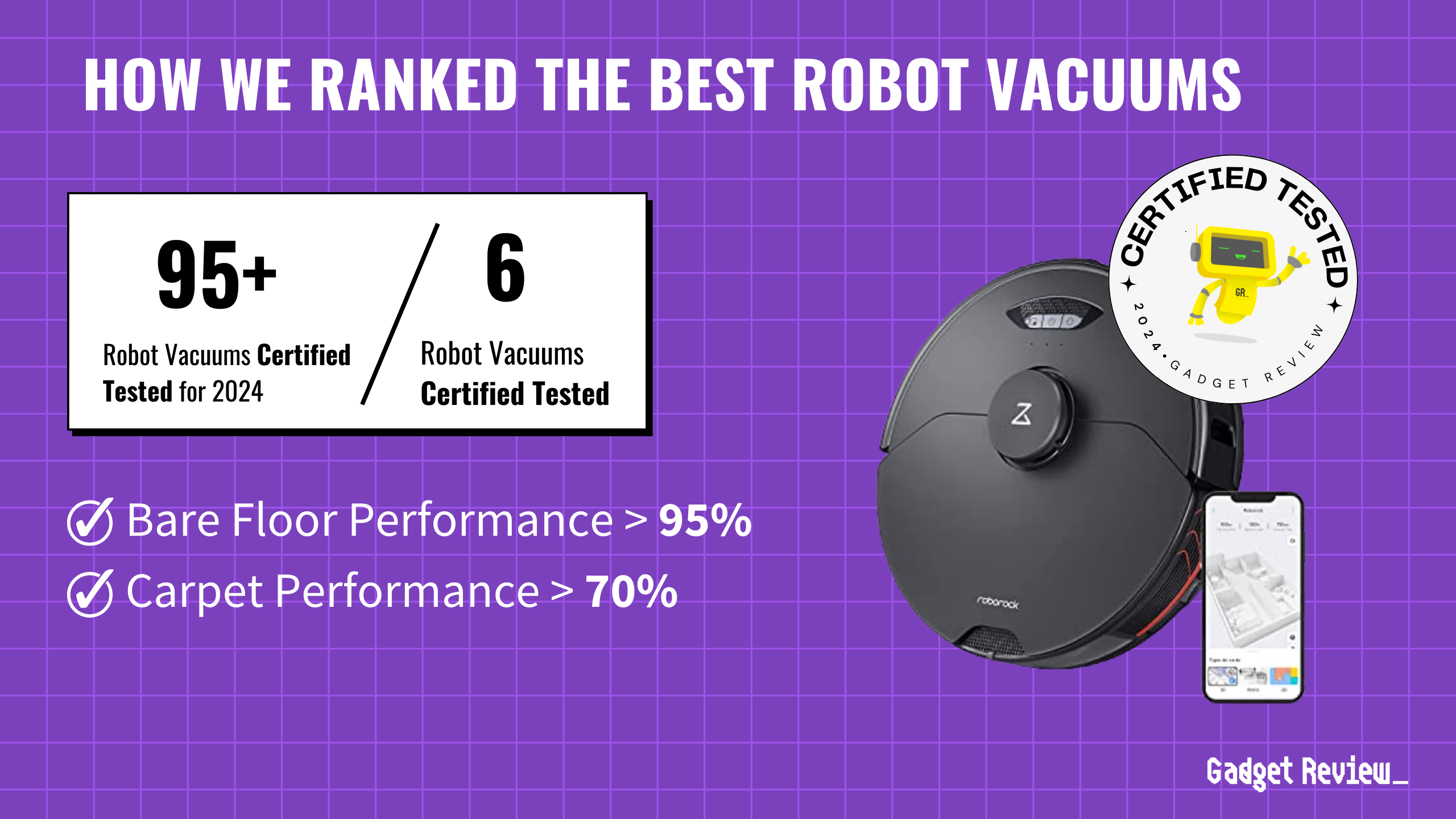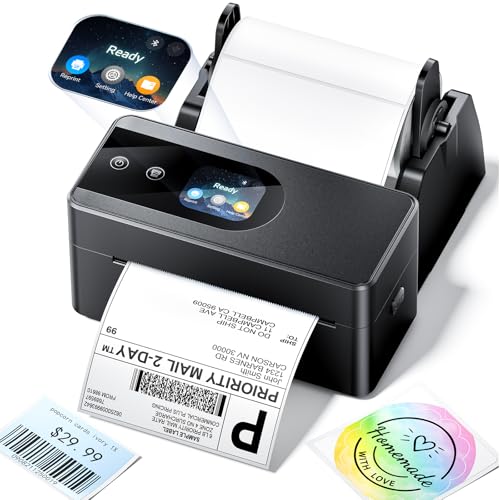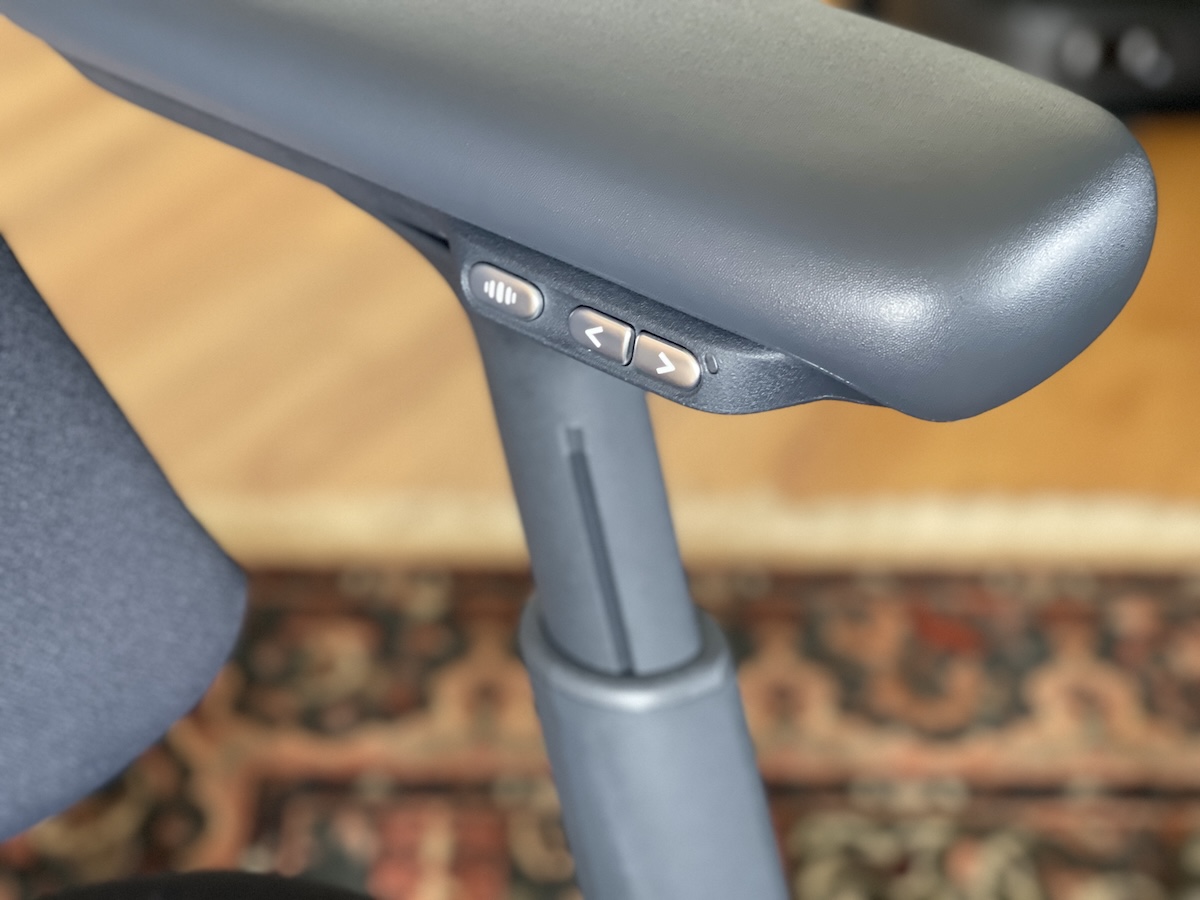Your online banking, encrypted messages, and digital certificates all rely on one assumption: factoring massive numbers takes classical computers longer than the heat death of the universe. Quantum computers are about to make that assumption look quaint, especially with JPMorgan’s quantum leap, encryption-breaking breakthroughs, and a surprise quantum reveal that could rewrite the future of financial cybersecurity.
Google researcher Craig Gidney just dropped a bombshell that should wake up every CISO on the planet. His latest study shows that breaking RSA-2048 encryption—the standard protecting most of your sensitive data—now requires fewer than one million quantum bits instead of the previously estimated 20 million. That’s not just moving the goalposts. That’s bringing the quantum apocalypse 15 years closer.
The Math That Breaks the Internet
RSA encryption works because your laptop would need approximately forever to factor a 2,048-bit number into its prime components. Quantum computers using Shor’s algorithm can do this exponentially faster, turning “forever” into “next Tuesday”—a scenario that reflects several of the bold quantum breakthroughs experts forecast in these technology-redefining predictions for 2025.
Gidney’s breakthrough isn’t about building bigger quantum machines—it’s about making them smarter. His team developed compressed error-correction layouts and approximate arithmetic that slash the hardware requirements dramatically.
Think of it like discovering you don’t need a freight truck to move your couch when a pickup truck will do. Or like figuring out you can speed-run Elden Ring’s final boss in 30 seconds instead of dying 847 times—the same outcome, way less suffering.
Why Your Data Is Already at Risk
Here’s the kicker: adversaries don’t need to wait for quantum computers to exist. They’re harvesting your encrypted data right now, banking on the ability to decrypt it later when quantum machines mature.
“By 2030, at least one cryptographically relevant quantum computer will be online,” warns Chris Erven, CEO of KETS Quantum Security. “The arrival of this milestone, Q Day, will cause a seismic shift in cybersecurity.”
Security experts call this “harvest now, decrypt later” attacks. That embarrassing email from 2019? That financial document from last week? All potentially vulnerable once quantum computers hit their stride in the early 2030s. Your encrypted data has an expiration date, and it’s approaching faster than anyone expected.
The Quantum Timeline Reality Check
IBM, Google, and Quantinuum have roadmaps targeting millions of qubits by the early 2030s. While current quantum computers can barely handle simple calculations without falling apart, the engineering momentum is undeniable.
Major hardware firms aren’t just throwing money at the problem—they’re solving fundamental challenges in error correction and qubit stability that once seemed insurmountable.
The question isn’t whether quantum computers will break RSA encryption. It’s whether organizations will transition to quantum-safe alternatives before that happens.
NIST already recommends deprecating vulnerable systems after 2030 and banning them entirely after 2035. That’s not a suggestion—it’s a countdown timer for digital infrastructure worldwide.
What You Can Actually Do Right Now
Switching to post-quantum cryptography isn’t like updating your iPhone. It’s rebuilding the foundation of digital trust while the building is still occupied.
Start by asking your bank, investment firm, and healthcare providers about their quantum-safe migration plans. Most won’t have specifics yet, but asking creates pressure for transparency.
When evaluating security products or services, look for mentions of “quantum-resistant” or “post-quantum cryptography”. These aren’t marketing buzzwords anymore—they’re survival features for the 2030s digital landscape.
The organizations that start now might finish on time. The rest will learn what “too late” feels like in the quantum age.





